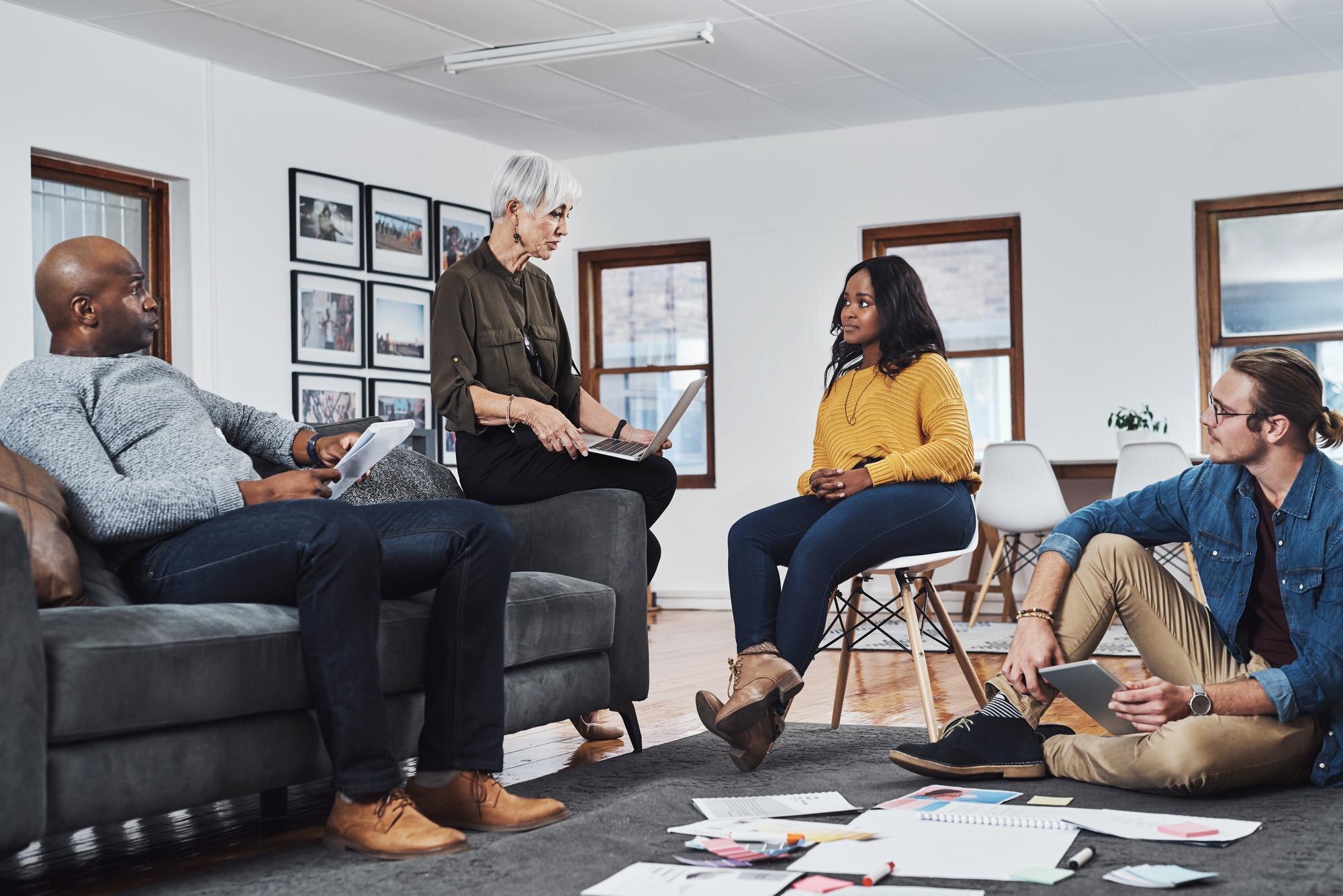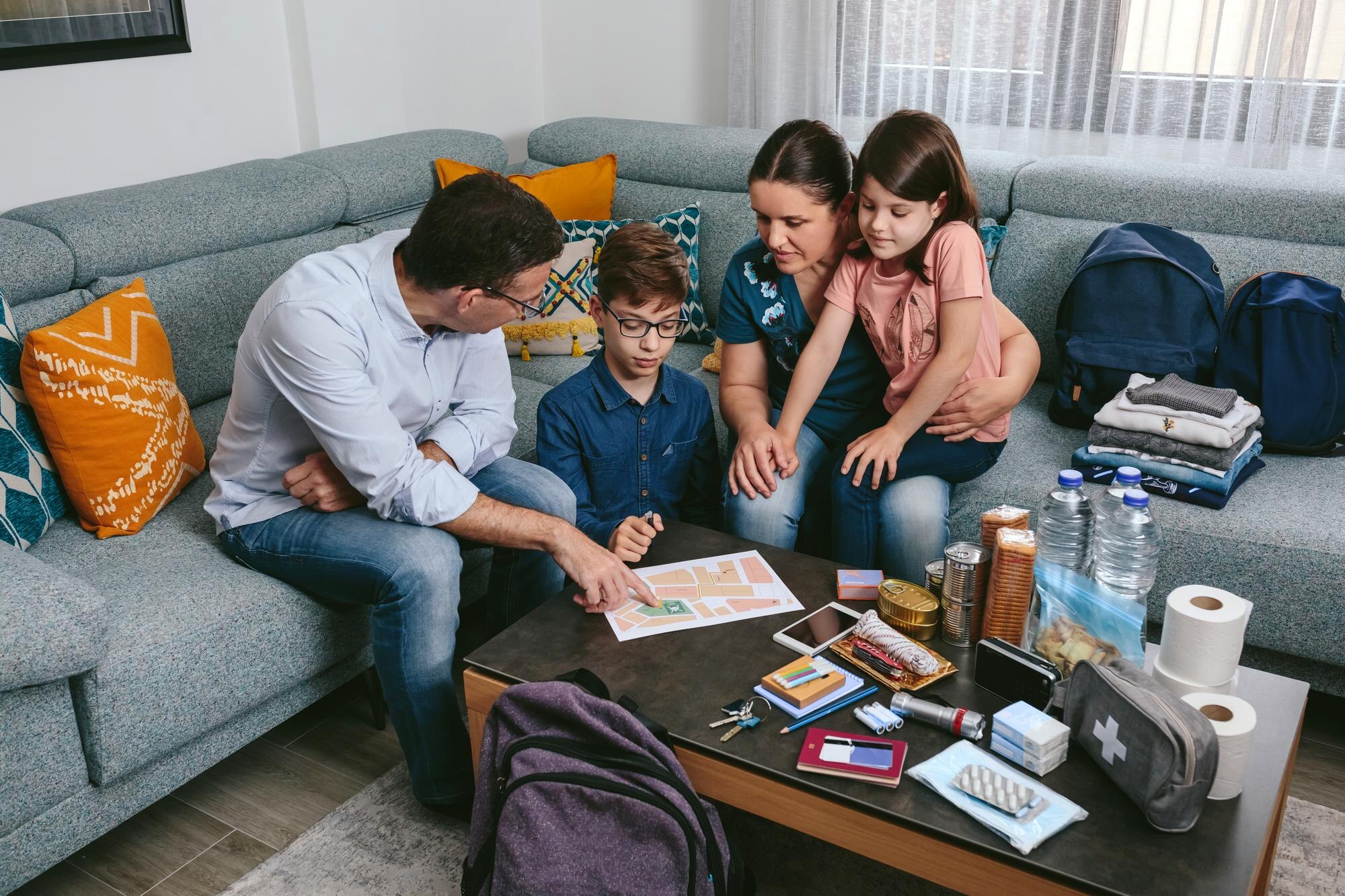Creating Your Family's Personalized Disaster Preparedness Plan: A Step-by-Step Guide
You never know when disaster might strike, but you can be ready. Crafting a personalized disaster preparedness plan is key to keeping your family safe and sound. In Yamhill, where community bonds are strong, taking steps towards emergency readiness is vital. This guide will walk you through creating a family emergency plan tailored to your unique needs. Ready to ensure Yamhill safety and resilience? Join our upcoming disaster preparedness class and empower your family with the knowledge to stay safe!
Assessing Your Family's Needs
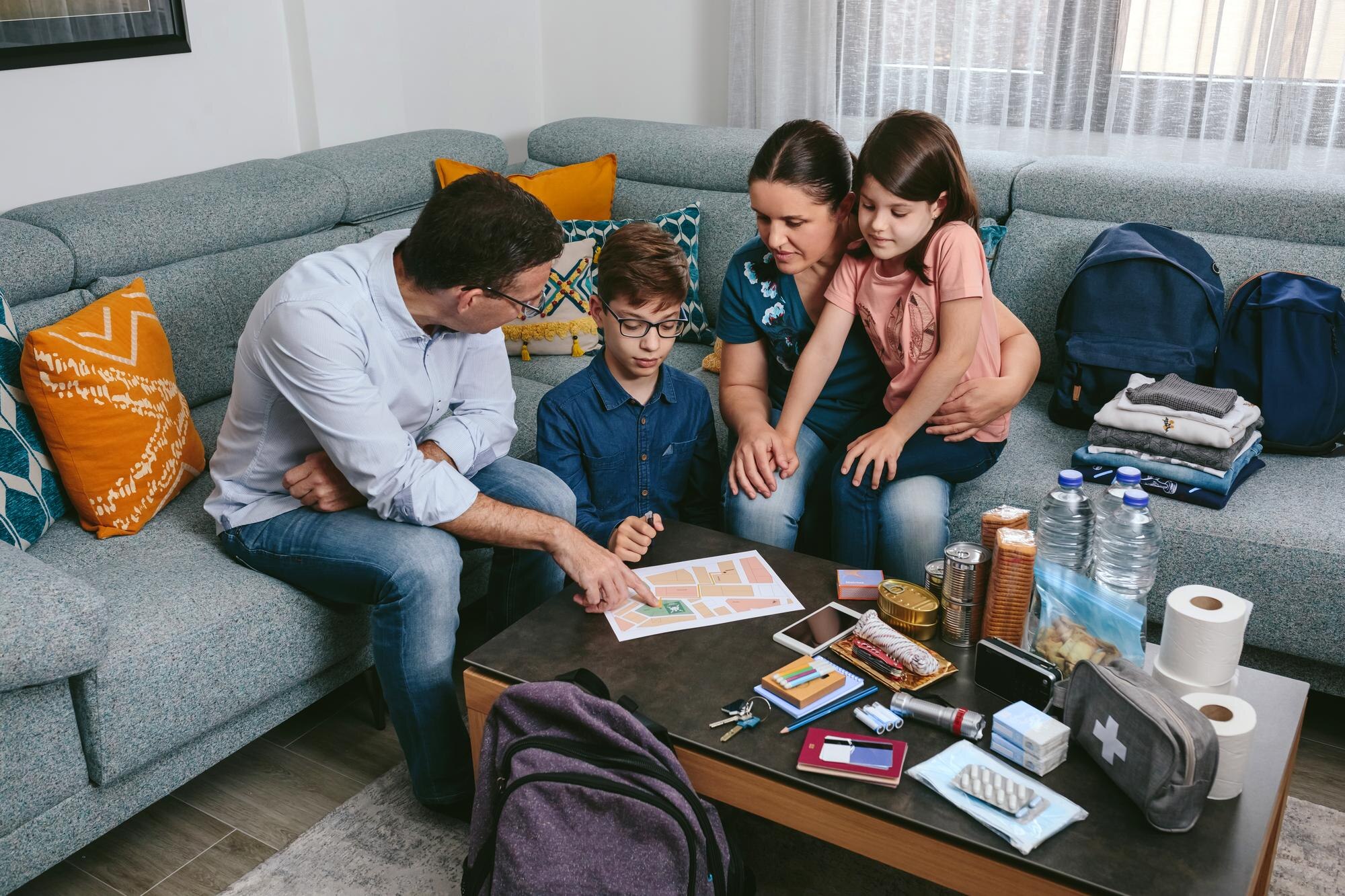
Understanding your family's specific needs is crucial to developing an effective disaster preparedness plan. By identifying potential threats and evaluating resources, you can create a plan tailored to your unique circumstances.
Identify Potential Disasters
Begin by identifying the types of disasters likely to affect your area. In Yamhill, this might include earthquakes, floods, or wildfires. Research historical patterns and local government advisories to understand the risks. You can find valuable information and guidance on disaster preparedness through resources like the Red Cross.
Compare different disaster types by assessing their potential impact and frequency. This comparison will help prioritize your preparedness efforts. For instance:
Disaster Type | Frequency | Potential Impact |
|---|---|---|
Earthquake | Moderate | High |
Flood | Low | Moderate |
Wildfire | High | High |
Understanding these factors will help tailor your plan to address the most pressing threats.
Evaluate Family Resources
Next, evaluate the resources your family has available. Consider financial resources, access to transportation, and available storage space for emergency supplies. To optimize your plan, involve every family member in this evaluation process.
List available resources, including savings, vehicles, and storage capacities.
Identify gaps in these resources and plan how to address them.
Consider insurance coverage for potential disasters and update policies if needed.
By assessing resources, you can allocate them effectively in your preparedness plan. Ensure everyone is aware of these resources and how they can be utilized during an emergency.
Consider Special Needs
Take into account any special needs within your family. This includes medical conditions, mobility limitations, and dietary restrictions. It's essential to ensure your plan accommodates these needs to safeguard every family member's well-being.
Catalog medications and medical equipment required for daily living.
Ensure accessibility for family members with mobility challenges.
Plan for dietary needs, particularly if there are food allergies or restrictions.
Collaborate with healthcare providers to integrate their recommendations into your plan. Habitat for Humanity offers resources on creating a family preparedness plan.
Building Your Emergency Kit
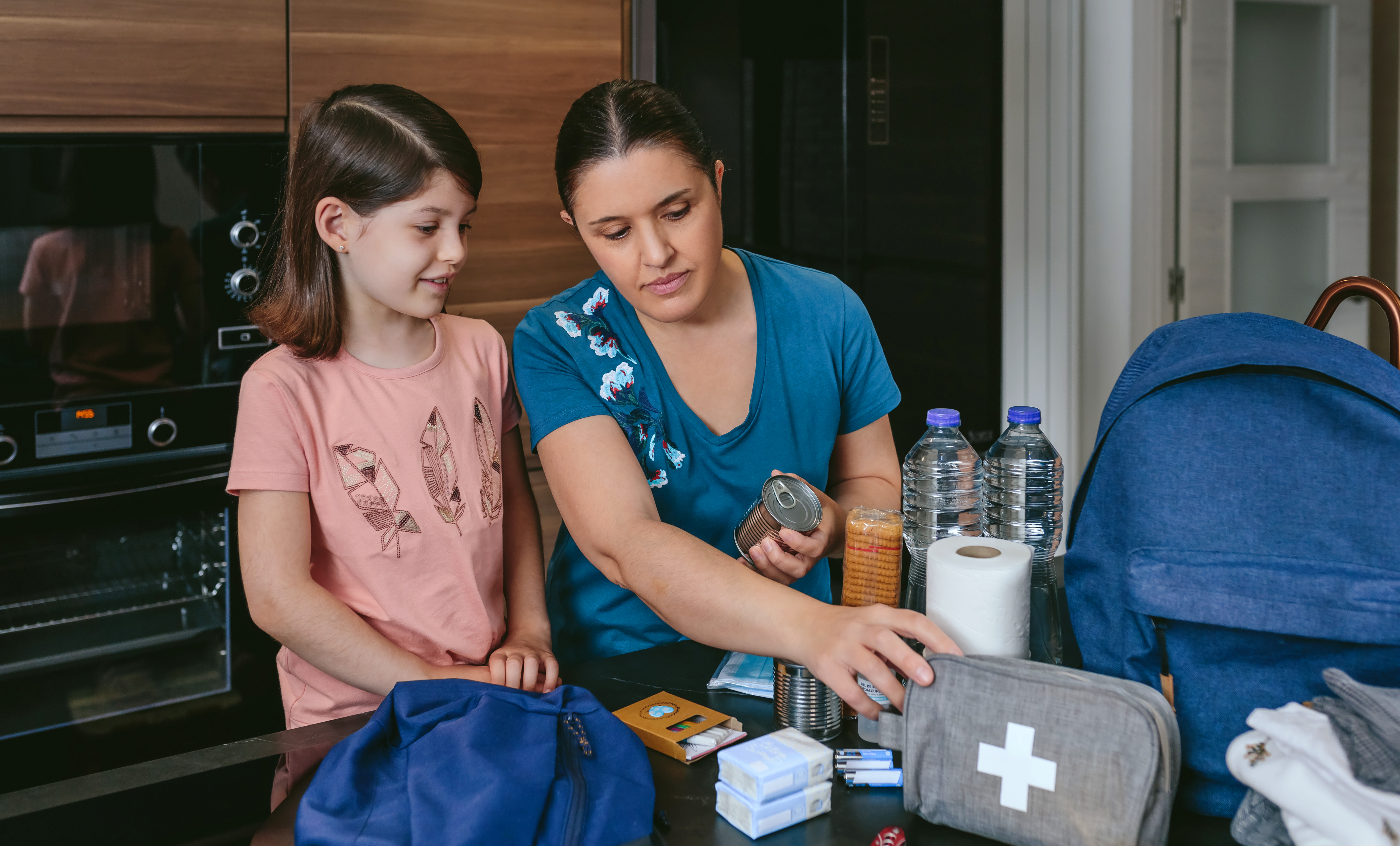
Building an emergency kit is a fundamental step in ensuring readiness. Having the right supplies on hand can make a critical difference during an emergency.
Essential Supplies Checklist
Create a comprehensive checklist of essential supplies. This should include water, non-perishable food, first-aid kits, and flashlights. The Department of Homeland Security provides a detailed list of recommended items.
Water: At least one gallon per person per day.
Food: Non-perishable items that require minimal preparation.
First-aid supplies: Include bandages, antiseptics, and any required medications.
Tools and emergency items: Flashlights, batteries, and a multi-tool.
Regularly review and update this checklist to ensure all necessary items are accounted for and in working condition.
Storing and Maintaining Kits
Proper storage and maintenance of your emergency kit are vital. Designate a specific location in your home for your kit, ensuring it's easily accessible. Regular maintenance ensures that supplies remain usable and effective.
Select a storage location that is easy to reach during an emergency.
Regularly check the condition of items such as batteries and food.
Replace expired items promptly to maintain the kit's effectiveness.
By committing to regular maintenance, you guarantee that your kit will serve its purpose when needed.
Personalizing for Yamhill Safety
Personalize your emergency kit to address the specific needs of your family and the unique challenges of Yamhill. Consider local risks and personal preferences when customizing your kit.
Include items specific to local threats like dust masks for wildfire smoke.
Add comfort and entertainment items for children.
Consider local climate when selecting clothing and gear.
Your personalized kit will be more effective if it reflects both your family's needs and Yamhill's unique environment. El Dorado County provides insights on creating a family disaster plan.
Creating a Family Emergency Plan
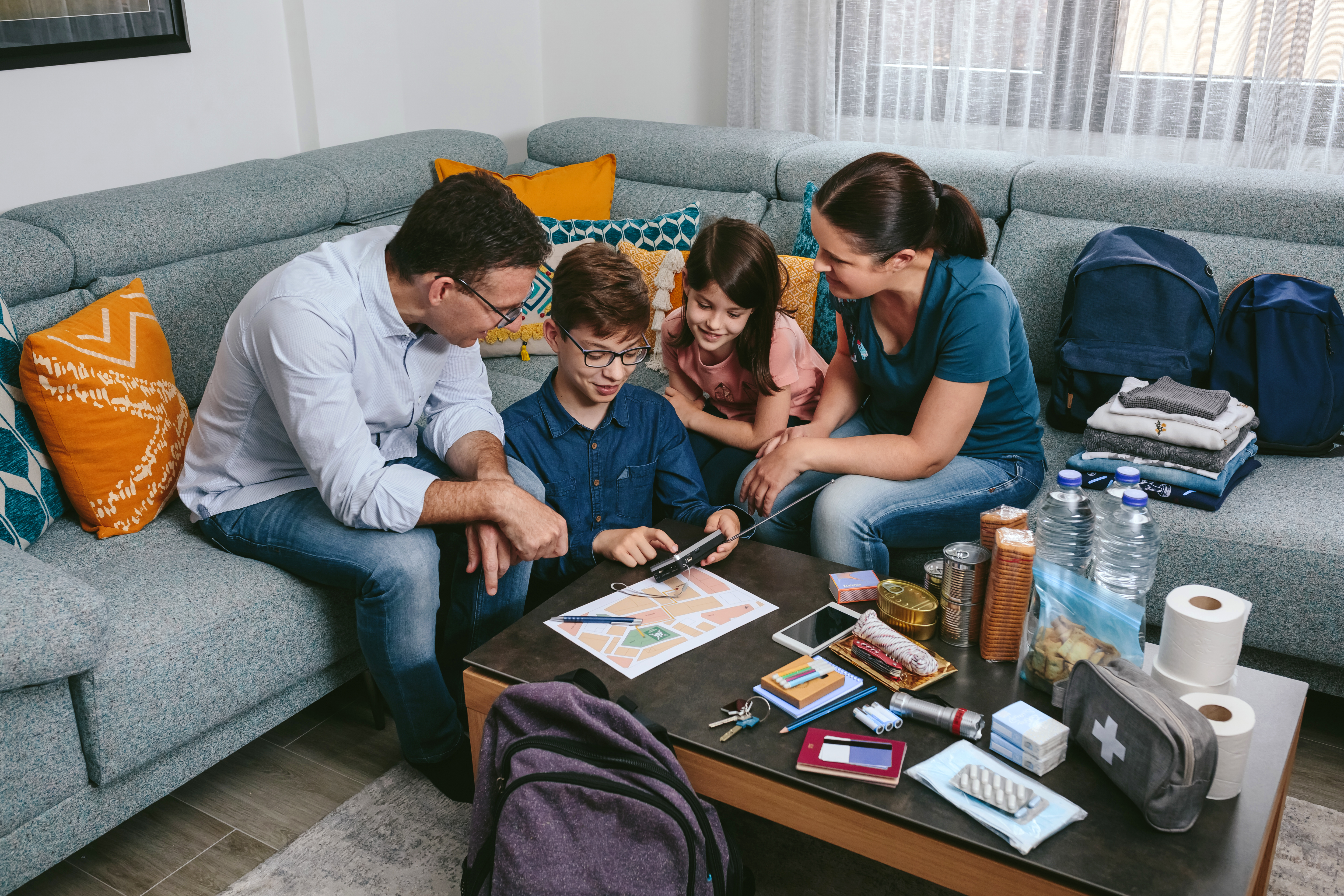
A well-structured family emergency plan is essential for managing crises. It provides clear instructions and ensures everyone knows their roles.
Designate Meeting Points
Designate specific meeting points both inside and outside your neighborhood. This ensures that family members can reunite if separated during a disaster.
Identify a safe spot in your home, such as a basement or interior room.
Choose an outside location like a park or community center.
Communicate these locations to all family members.
By establishing clear meeting points, you reduce confusion during an emergency.
Establish Communication Protocols
Effective communication is vital during a disaster. Develop protocols that ensure everyone can connect with each other and external contacts.
Assign a family member to be the primary point of contact.
Use text messages or social media to communicate, as these may be more reliable during a disaster.
Create a contact list with phone numbers and email addresses.
Establishing these protocols improves your family's ability to stay connected and informed.
Practice Drills and Updates
Regular practice of your emergency plan ensures everyone knows their roles. Schedule drills and updates to keep the plan current and effective.
Conduct family drills twice a year to practice the plan.
Review and update the plan as family circumstances or local conditions change.
Gather feedback after each drill to make improvements.
Practicing your plan increases confidence and readiness, ensuring your family is prepared for any emergency. 🏡📋
